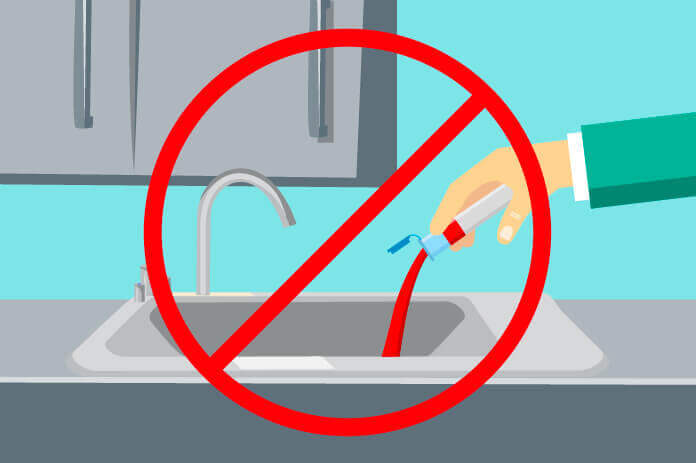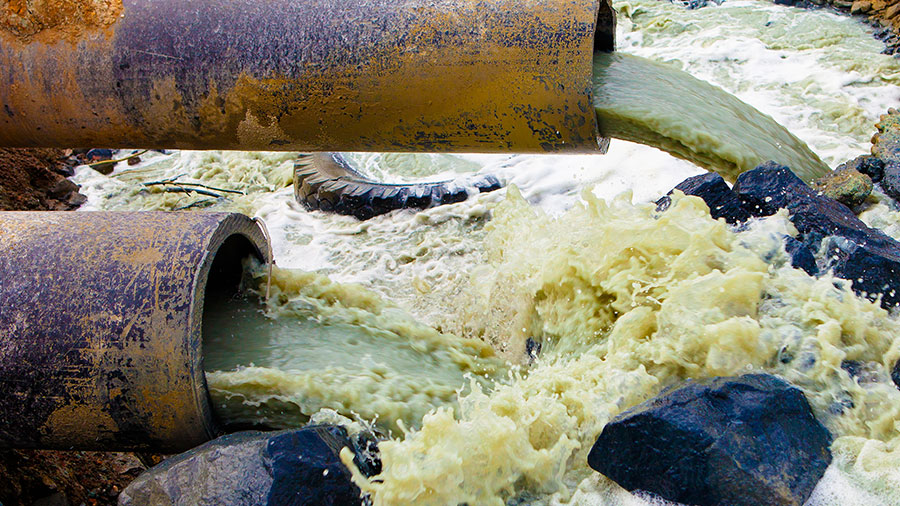Top Liquid Waste Disposal Melbourne: Trusted Services for Proper Waste Management
Top Liquid Waste Disposal Melbourne: Trusted Services for Proper Waste Management
Blog Article
Just How Fluid Waste Disposal Works: A Detailed Summary of Methods and Technologies Employed

Review of Liquid Waste Types
The complexity of liquid waste types necessitates an extensive understanding of their features and effects for disposal. Fluid waste can generally be classified into a number of types, including industrial, metropolitan, farming, and hazardous waste. Each category exhibits distinctive residential or commercial properties, requiring details management strategies to mitigate ecological and health and wellness dangers.
Industrial liquid waste originates from manufacturing processes and usually has a series of impurities, such as hefty metals, solvents, and natural substances. Community liquid waste, mainly comprising wastewater from houses and industrial establishments, contains natural issue, nutrients, and microorganisms (industrial wastewater treatment). Agricultural liquid waste, consisting of runoff from ranches, might include fertilizers, chemicals, and animal waste, posturing dangers to water high quality and communities
Hazardous fluid waste is characterized by its poisoning, reactivity, or potential to trigger harm. This group includes materials like acids, bases, and particular chemicals that require stringent handling and disposal procedures. Understanding these varied liquid waste kinds is critical for developing reliable disposal methods and making sure compliance with ecological guidelines. Correct classification and characterization are crucial for executing appropriate therapy techniques and lessening the adverse effects on public wellness and the atmosphere.
Physical Therapy Approaches

Screening is the first action, where larger particles and debris are gotten rid of from the fluid waste using screens or grates. In sedimentation containers, larger fragments resolve at the base, forming a sludge layer, while the cleared up liquid can be more treated.
Filtration is an additional crucial approach that includes passing the fluid with porous products, such as sand or membranes, to capture smaller sized particles. This action improves the top quality of the liquid, making it suitable for succeeding treatment procedures.

Chemical Therapy Methods
Chemical therapy methods are essential for successfully managing fluid waste, particularly in resolving dissolved and colloidal impurities that physical techniques might not sufficiently eliminate. These strategies utilize different chemical representatives to counteract, precipitate, or change unsafe compounds into less hazardous kinds.
One common technique is coagulation and flocculation, where chemicals such as alum or ferric chloride are contributed to promote the aggregation of put on hold fragments. This process improves sedimentation, permitting simpler removal of the resulting sludge. In addition, oxidation processes, employing agents like chlorine or ozone, are utilized to damage down complex organic compounds and microorganisms, providing the waste much safer for discharge or more treatment.
Neutralization is another important strategy, which adjusts the pH of acidic or alkaline waste streams to neutral levels, avoiding prospective injury to downstream systems and the setting. Furthermore, advanced oxidation processes (AOPs) utilize combinations of oxidants and ultraviolet light to break down relentless toxins, attaining a greater degree of therapy performance.
Organic Therapy Procedures
Organic therapy procedures play a crucial role in the management of liquid waste by utilizing microorganisms to break down organic matter and reduce contaminant levels. These procedures can be generally classified right into cardiovascular and anaerobic treatments, each employing particular microbial communities to achieve effective waste destruction.
Cardio therapy includes using oxygen to help with the breakdown of organic products by microorganisms. This procedure is typically executed in activated sludge systems, where oygenation containers supply a favorable environment for microbial development, bring about the oxidation of natural contaminants. The resultant biomass can be separated from dealt with effluent with sedimentation.
On the other hand, anaerobic treatment takes place in the lack of oxygen, counting on various bacteria to damage down raw material. This method is particularly useful for high-strength waste, as it produces biogas, a renewable resource source, while reducing sludge manufacturing. Technologies such as anaerobic digesters are often used in commercial and community applications.
Both anaerobic and cardiovascular biological therapies not only decrease the environmental influence of liquid waste yet likewise facilitate resource recuperation, making them crucial elements of lasting waste administration strategies. Their efficiency, versatility, and performance support their extensive execution throughout different industries.
Arising Technologies in Disposal
Cutting-edge methods to liquid garbage disposal are swiftly developing, driven by innovations in technology and a boosting focus on sustainability. Amongst these emerging innovations, membrane bioreactors (MBRs) have actually obtained grip for their ability to integrate biological therapy with membrane layer purification, causing top notch Clicking Here effluent that can be recycled in numerous applications. MBRs enable smaller footprints and much more effective procedures contrasted to typical systems.
Another promising development is using anaerobic digestion integrated with nutrient healing modern technologies, which not only treats liquid waste however likewise produces biogas and recuperates beneficial nutrients like nitrogen and phosphorus. This twin benefit boosts source effectiveness and reduces ecological influence.
Furthermore, progressed oxidation processes (AOPs) are being adopted for the degradation of intricate natural toxins. These approaches use powerful oxidants and catalysts to break down pollutants at the molecular level, offering a very efficient option for difficult waste streams.
Additionally, the combination of expert system and machine understanding in waste monitoring systems is enhancing operational efficiency and anticipating maintenance, resulting in reduced prices and enhanced environmental compliance. These modern technologies show a significant change towards even more lasting and site web efficient liquid garbage disposal methods.
Conclusion
In final thought, reliable fluid waste disposal demands a detailed understanding of numerous methods and modern technologies. By constantly progressing these methodologies, it ends up being feasible to resolve the growing challenges associated with fluid waste, inevitably adding to environmental protection and resource healing.
Fluid waste disposal is an important facet of environmental management, requiring an extensive understanding of different strategies and technologies tailored to different waste types. Liquid waste can broadly be categorized into a number of types, including industrial, community, agricultural, and harmful waste. Agricultural liquid waste, consisting of runoff check from ranches, may consist of fertilizers, chemicals, and animal waste, positioning dangers to water high quality and communities.
Different physical treatment approaches play an important function in taking care of fluid waste properly - industrial wastewater treatment.In verdict, effective fluid waste disposal demands an extensive understanding of various techniques and modern technologies
Report this page